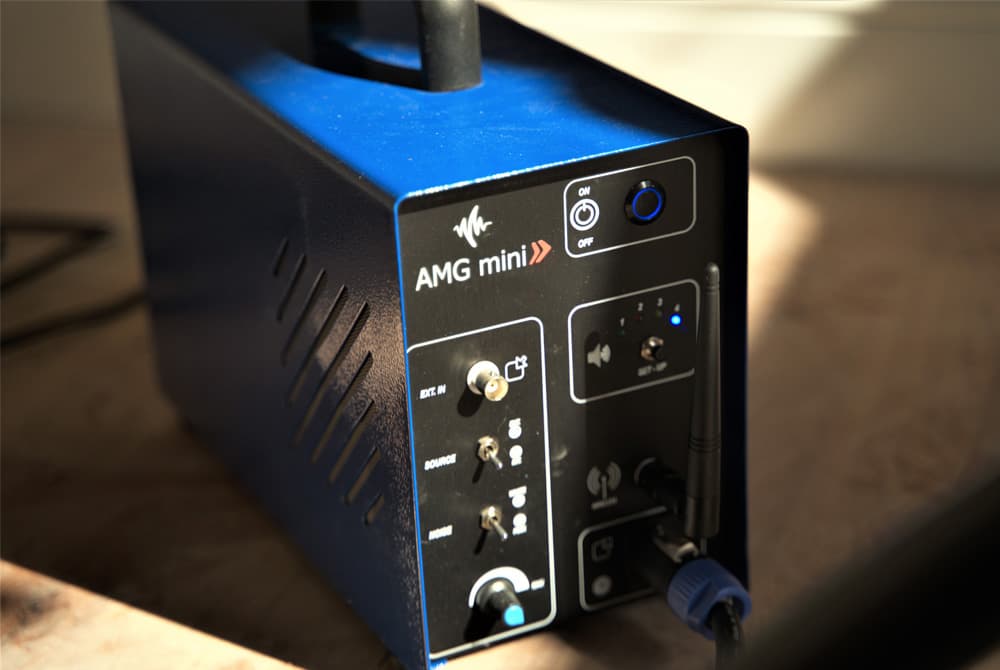As with any field, there are many pitfalls waiting to snare unsuspecting developers when it comes to the dreaded sound test. Fortunately, most of these are easy to address if you are aware of them. The purpose of this blog is to share my knowledge I've gained over the years testing with Atspace.
Site Readiness
The number one problem I regularly encounter is being called in to test too early. It isn’t always enough to have the wall you are testing up, but skirting boards, window seals and loft hatches have a part to play. Sound is like water; it will find the path of least resistance. The wall itself may be solid, but if the skirting is exposed, or the seals around the window installation aren’t in, there is a channel for sound to escape through. In an ideal world, the perfect time for a sound test is once the property is completed, but just before the carpets go down. Unfortunately, we at Atspace understand that this is not an ideal world, and that many time constraints and scheduling complications are constantly in effect on any development. Therefore, we do our best to work with you on site and off to ensure you aren’t just achieving compliance, but the best compliance you can.
Flanking
Flanking is a scary word when it comes to sound testing. To the tester, it means a problem that is difficult to locate and fix. To the client, it’s a term they may not understand in the context of sound testing. As we all know, when people throw around jargon we aren’t familiar with, we are instantly put on the back foot. Flanking is simply the passage of sound down or up through the walls of a room to the property above or below. With properties above each other, it's not enough to have a well built up floor construction. The joining of the ceiling/floor to the walls is paramount. Again, imagine sound as water looking for that path of least resistance. The nightmare for the sound tester comes in the sense that once that wall is built and we test, we can't see what is behind the plaster. This makes design advice crucial during the planning phase, as the correct floor and wall solutions ensure that flanking issues shouldn’t occur.
Plumbers & Electricians
How can Plumbers and Electricians be a problem for sound testing, I hear you ask? As is the risk with any specialist trade (sound testing included), we tend not to see beyond our own niche. A plumber’s job is to ensure all pipes, waste flow, water etc are fitted and connected throughout the properties. The electrician does the same for the cables, lights and services. Both these trades are required to make holes in the parts of your property that we sound testers then test. If your party wall has sockets and they aren’t fitted during testing, that’s an avenue for sound to travel. If a wall has a penetration through it for a pipe or cable, and that penetration isn’t sealed tight against it after then, that’s another channel that sound can travel through. Kitchen counters have been known to hide a myriad of penetrations for pipes in a wall that weren’t filled with mastic or polyfoam after, that’s all it takes to avoid this potential difference between pass and fail. A little polyfoam around the edges of a pipe or cable once it’s passed through to ensure it’s sealed.
Background Noise
This is often overlooked. Few people are aware of the sensitivity of the instruments used when testing sound transference in properties. During a test, the ambient background level is measured and factors into the end score. As anyone who has been on an active building site can tell you, they are not always the quietest of places. Even simple things, such as generators running, site traffic or a decorator’s radio, will be picked up by the measurement equipment. Having been testing for nine years in this field, I am well aware that there will always be a level of background noise on an active site. But, by understanding that high levels of background noise can negatively affect your test, you can plan to have a test done on the days the marching band isn't due to come past your property.
Understanding what a sound test is
This is a problem I have encountered a few times in recent years. When a developer (predominantly one-off self developments) has booked in to have a sound test done on his brand new property, but has made no arrangements for access with the neighbouring property, it’s pretty hard to measure sound transference through a wall with access to only one side of the wall. In most cases, building control has simply told them they need this test done, so they book it. Sound testing is near the end, so it’s usually in the last rush to get everything completed. A sound test isn’t so much a test on your specific property, as it is a test on the common partition between yours and the neighbouring properties. Be that flats or semi-detached houses, a sound test measures the sound transference between your property through the floors or walls to your neighbours to ensure the level is low enough that it won’t disturb other people. As such, we at Atspace do our best to talk you through exactly what a sound test involves when you call to book one, so that you know what’s needed for the day of the test.

.png)

.png)
.png)


